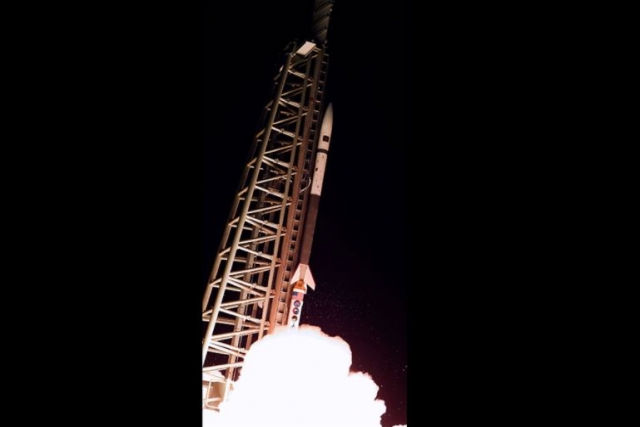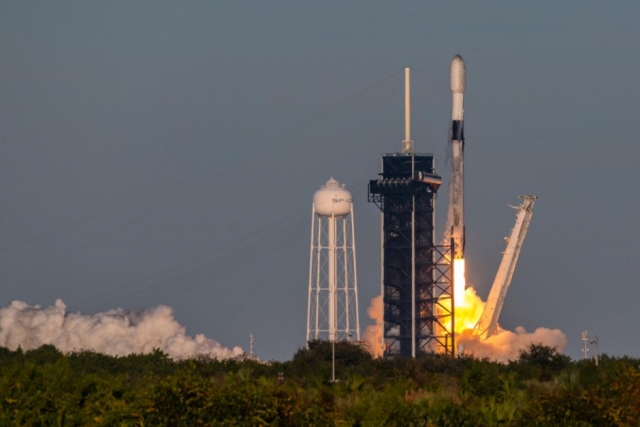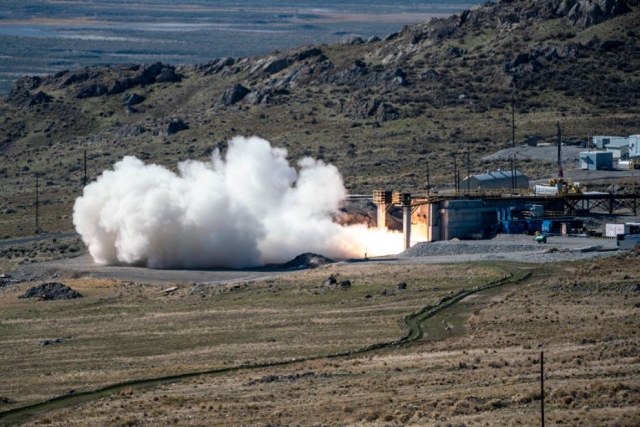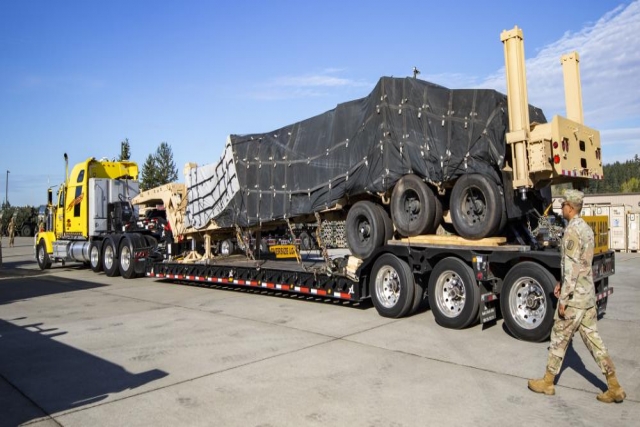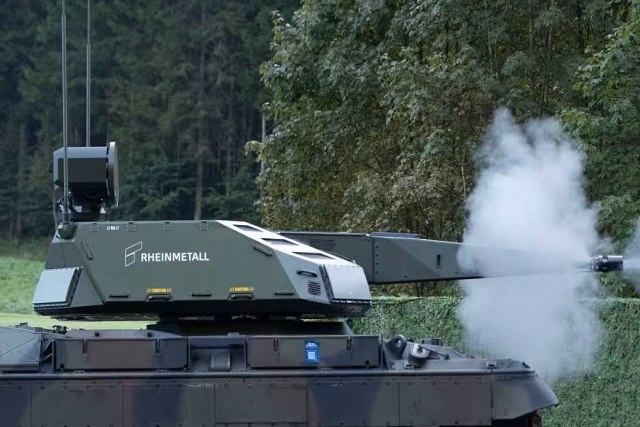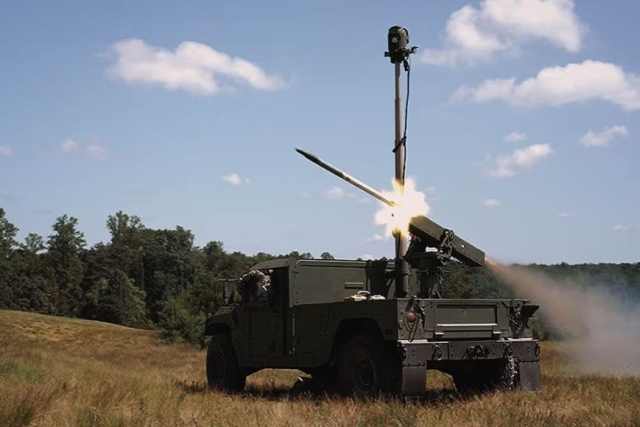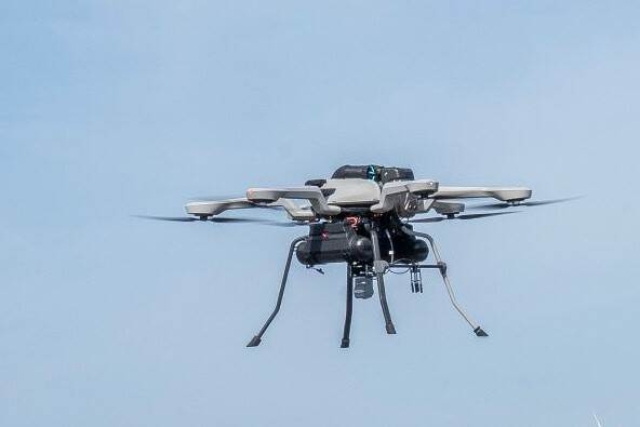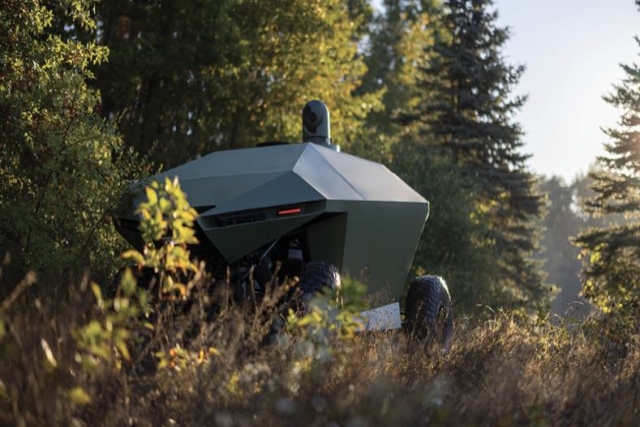US Army Executes Ground Manoeuvers with Long Range Hypersonic Weapon System
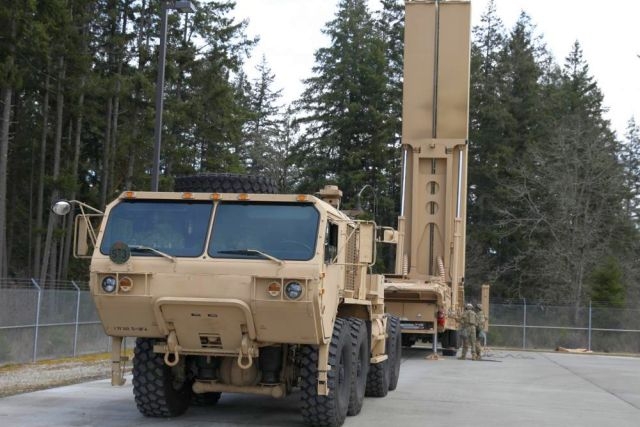
Using the first prototype Long Range Hypersonic Weapon (LRHW) System, US Army's Bravo Battery Soldiers executed ground movement, round transfers, and established firing capability at Joint Base Lewis McChord Feb. 22-24.
Bravo Battery’s primary objectives included air transportation drills, security procedures, canister reload operations, operational emplacement of equipment and performing fire missions.
Said Maj. Andrew Cotter, 5-3FA Battalion Executive Officer. “The Soldiers of Bravo Battery are fielding a first-of-its-kind system and informing doctrine that will last for years to come," he was quoted as saying in a dvidshub.net release.
Bravo Battery finalized their New Equipment Training (NET) procedures, successfully planning, coordinating and executing a two round hypersonic mission planning package and round transfer, enabling strategic objectives across echelons.
Said Capt. Austen Boroff, Bravo Battery Commander. “The Soldiers have validated critical individual training through collective tasks that will enable operations immediately post fielding.”
The culminating exercise included simulated fire exercises, equipment set-up, and transportation drills.
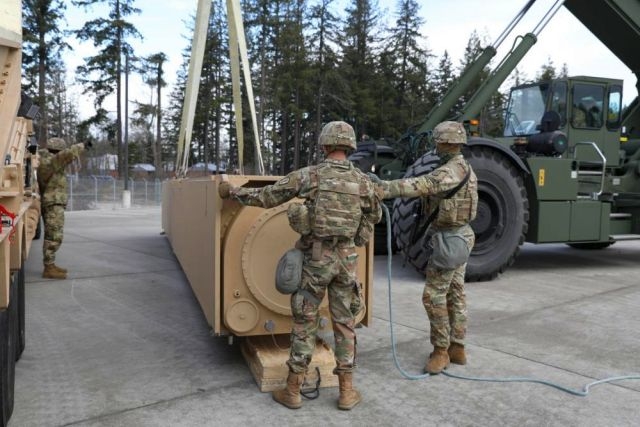
Since completing NET, the 5-3 Soldiers will advance to post-NET, in support of U.S. Army Pacific operations, where they will provide Long Range Precision Fires enabling strategic objectives. This includes the opportunity to observe and participate in upcoming joint test events in FY22 such as the Joint Flight Campaign (JFC) 1, scheduled for FY22, to be executed by both the Army RCCTO and Navy Conventional Prompt Strike (CPS) joint teams.
The Army’s Long-Range Hypersonic Weapon (LRHW) with a reported range of 1,725 miles, consists of a ground-launched missile equipped with a hypersonic glide body and associated transport, support, and fire control equipment.
The hypersonic missiles that can travel well over 3,800 miles per hour. They can reach the top of the Earth’s atmosphere and remain just beyond the range of air and missile defense systems until they are ready to strike.
The missile component of the LRHW is reportedly being developed by Lockheed Martin and Northrop Grumman.
